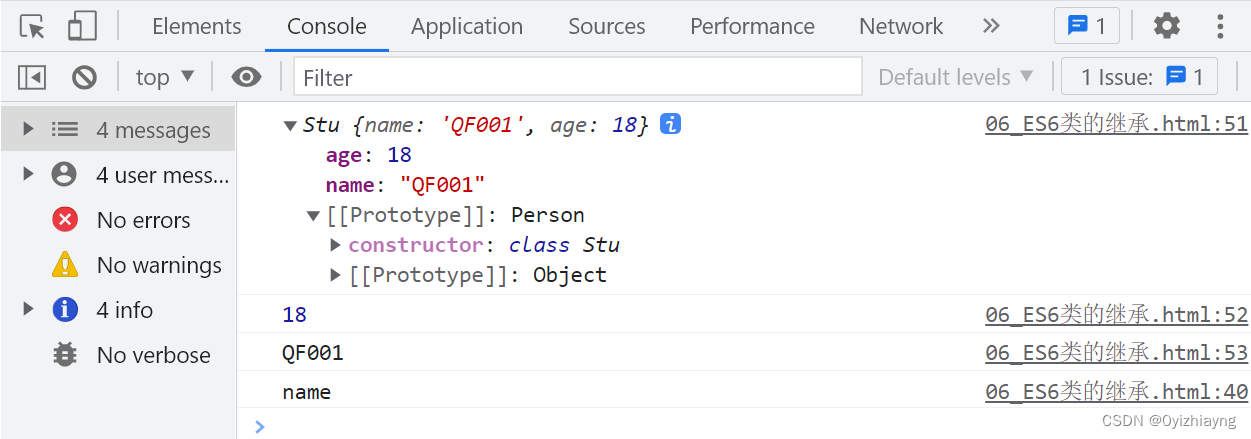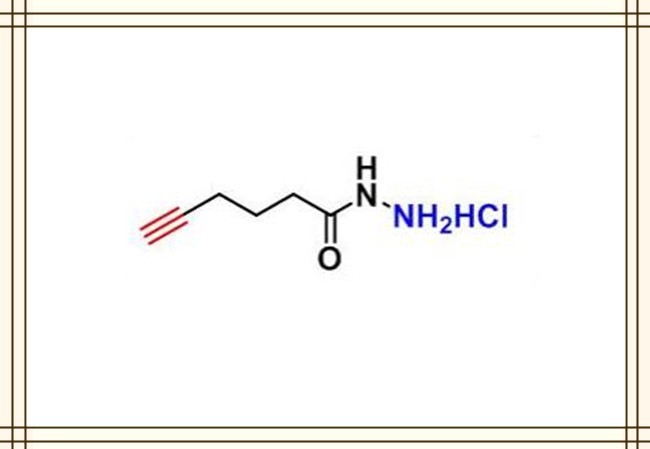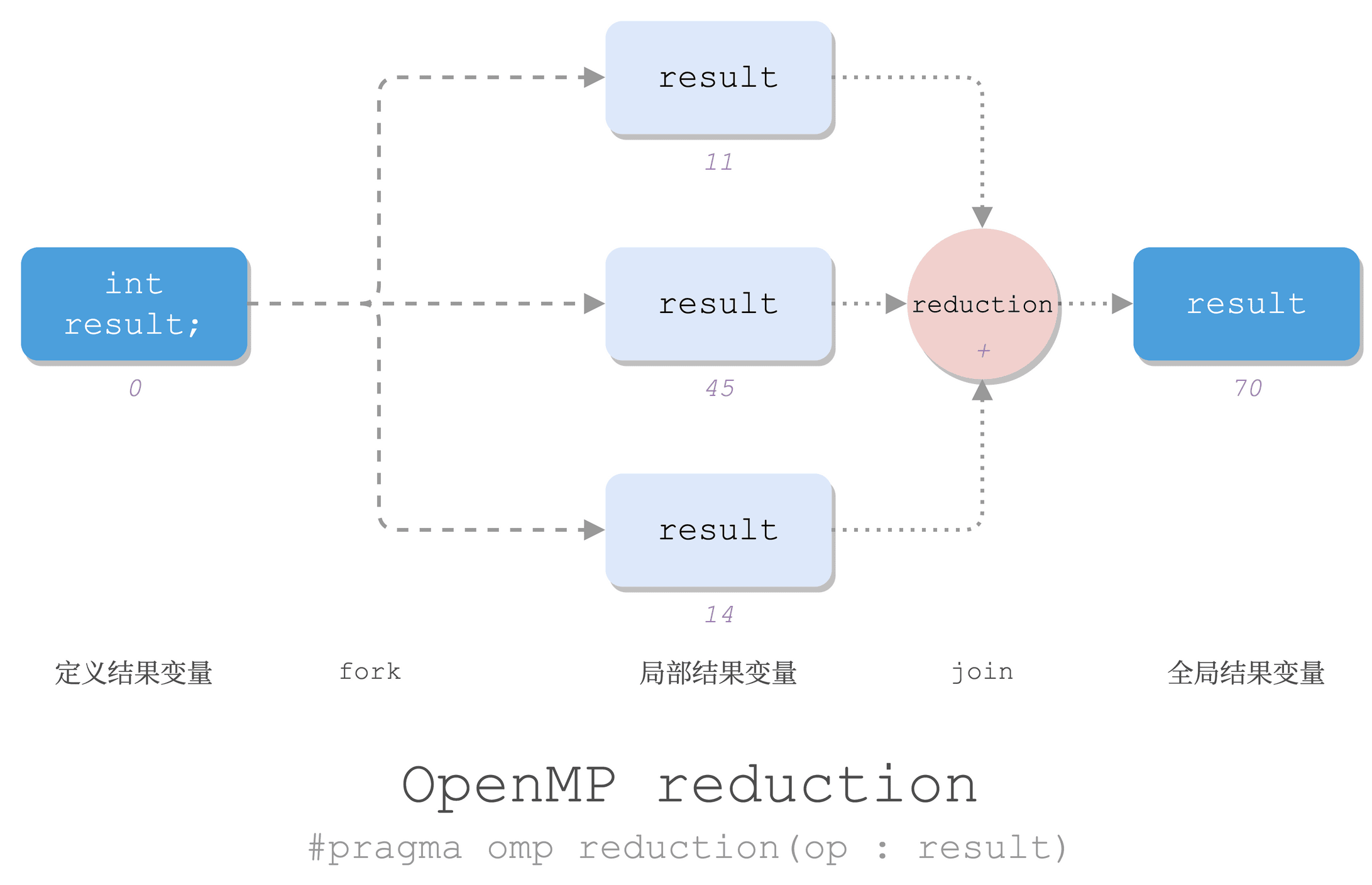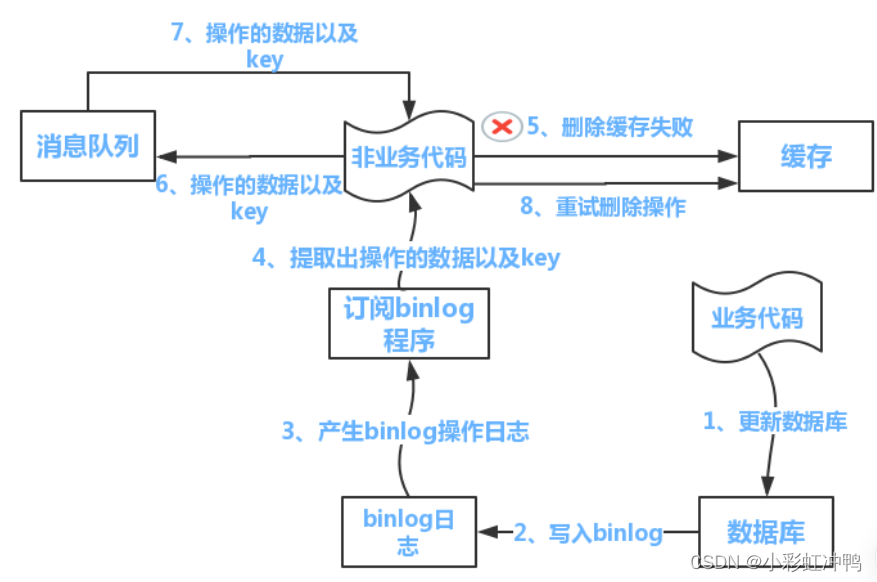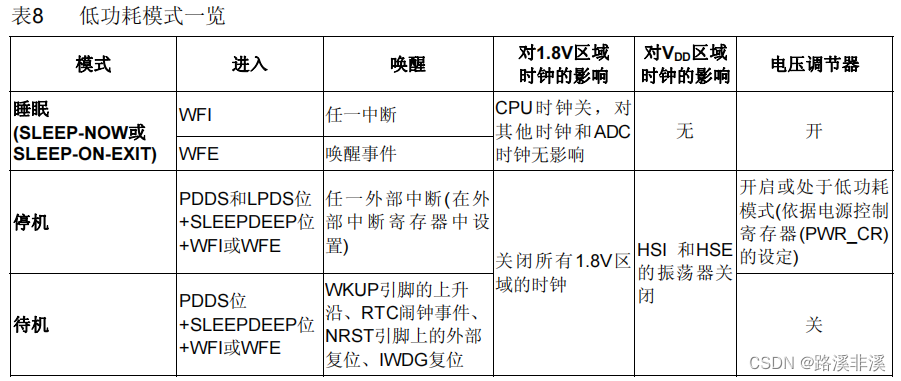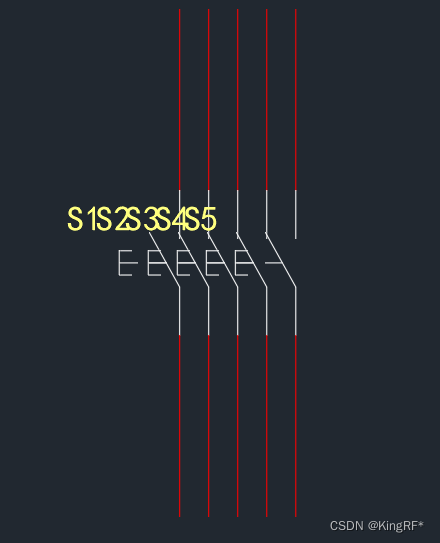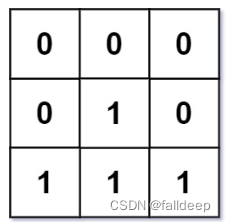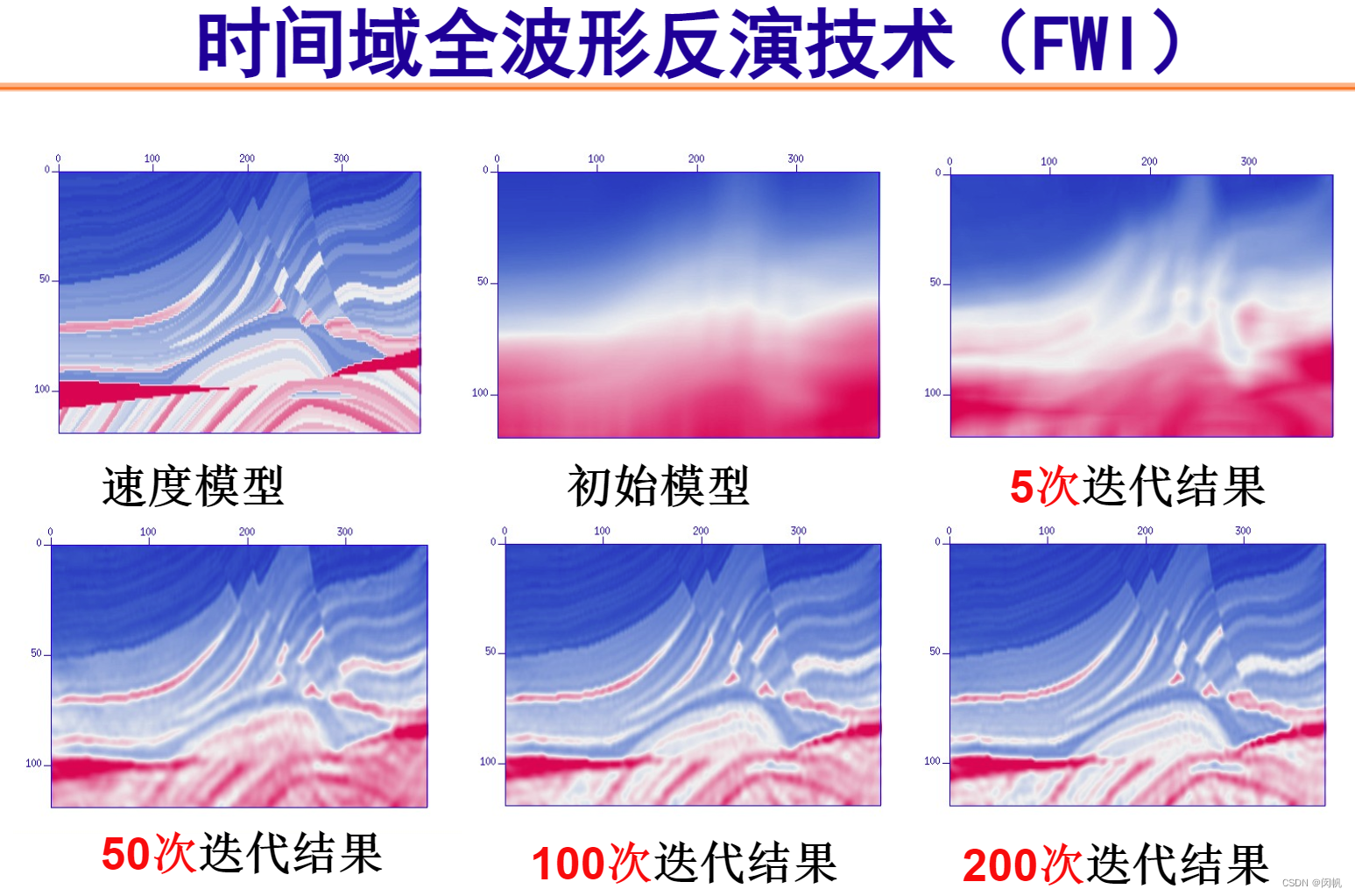目录
一、搜索二叉树的性质
二、搜索二叉树的结构定义
三、手撕搜索二叉树非递归
1)Insert()
2)Find()
3)Erase()
4)InOder()
5)BSTree(const BSTree& t) 拷贝构造
6)~BSTree()析构函数
四、手撕搜索二叉树递归
1)InsertR()
2)FindR()
3)EraseR()
五、搜索二叉树完整代码
一、搜索二叉树的性质
- 左子树上所有的节点的值都小于根节点的值
- 右子树上所有节点的值都大于根节点的值
- 它的左右子树分别为二叉搜索树
二、搜索二叉树的结构定义
搜索二叉树主要实现的是K或K/Value模型,这里我们使用K模型来定义,即可以用O(N)的时间复杂度来进行K值的搜索。

使用模板来定义
template<class K>
struct BSTreeNode
{
BSTreeNode<K>* _left;
BSTreeNode<K>* _right;
K _key;
BSTreeNode(const K& key)
:_left(nullptr)
,_right(nullptr)
,_key(key)
{
}
};三、手撕搜索二叉树非递归
1)Insert()
插入有两种情况:
- _root == nullptr 根节点等于空
直接new a Node插入即可
if (_root == nullptr)
{
_root = new Node(key);
return true;
}- _root != nullptr 根节点不等于空
我们需要找到适合key值的空节点位置,通过搜索二叉树的性质进行排查位置
Node* parent = nullptr;
Node* cur = _root;
while (cur)
{
if (cur->_key < key)
{
parent = cur;
cur = cur->_right;
}
else if (cur->_key > key)
{
parent = cur;
cur = cur->_left;
}
else
{
return false;
}
}
//开始插入
cur = new Node(key);
if (parent->_key < key)
{
parent->_right = cur;
}
else
{
parent->_left = cur;
}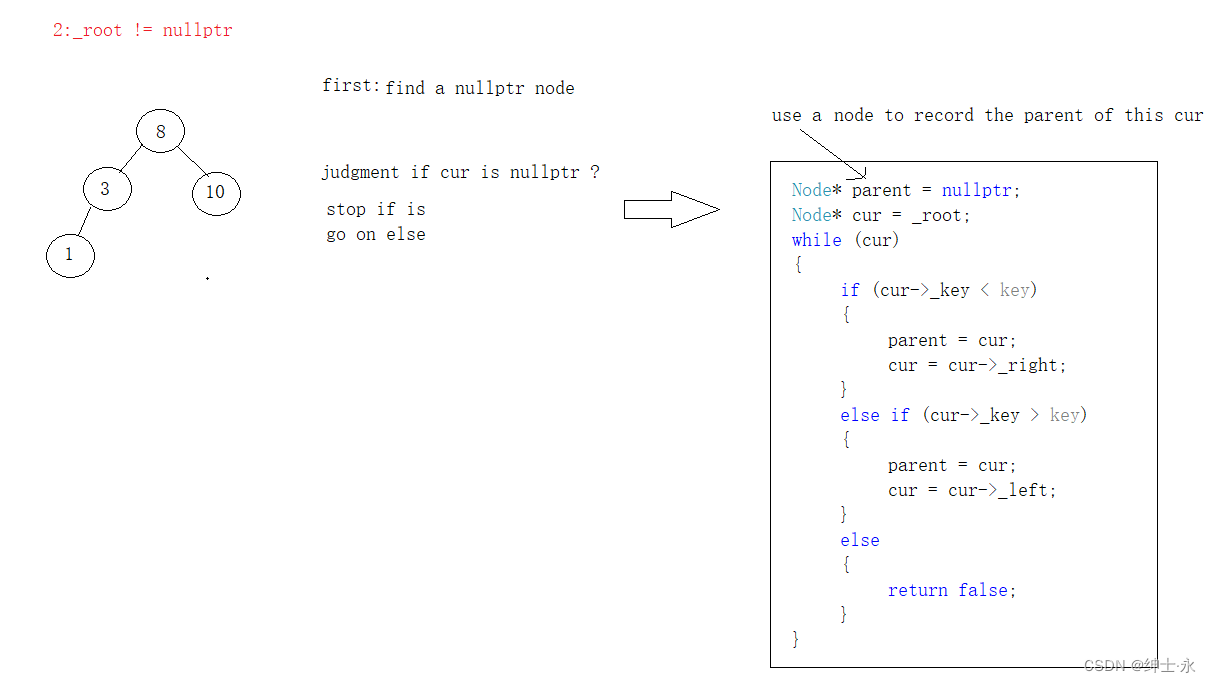

2)Find()
直接通过搜索二叉树的性质就可以进行查找,当key值大于cur->_key的值时,就查找cur的右子树,key值小于cur->_key的值时,就查找cur的左子树,直到找到,或者找不到cur == nullptr结束,即逻辑和Inser中的逻辑大同小异;
bool Find(const K& key)
{
Node* cur = _root;
while (cur)
{
if (cur->_key < key)
{
cur = cur->_right;
}
else if (cur->_key > key)
{
cur = cur->_left;
}
else
{
return true;
}
}
}
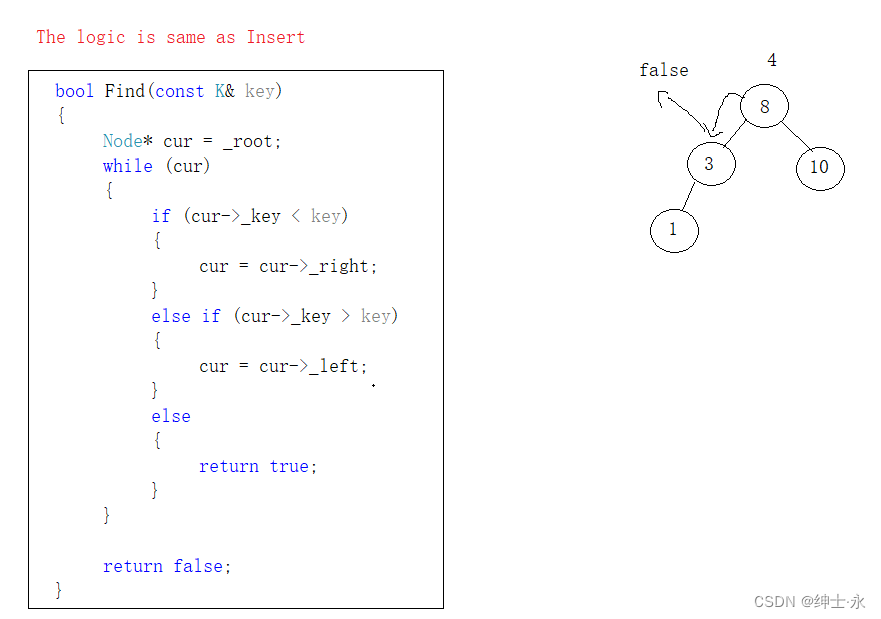
3)Erase()
删除分三种情况:
- 删除节点没有孩子
- 删除节点有一个孩子
- 有一个左孩子
- 有一个右孩子
- 删除节点有两个孩子
前面两种代码可以合并处理
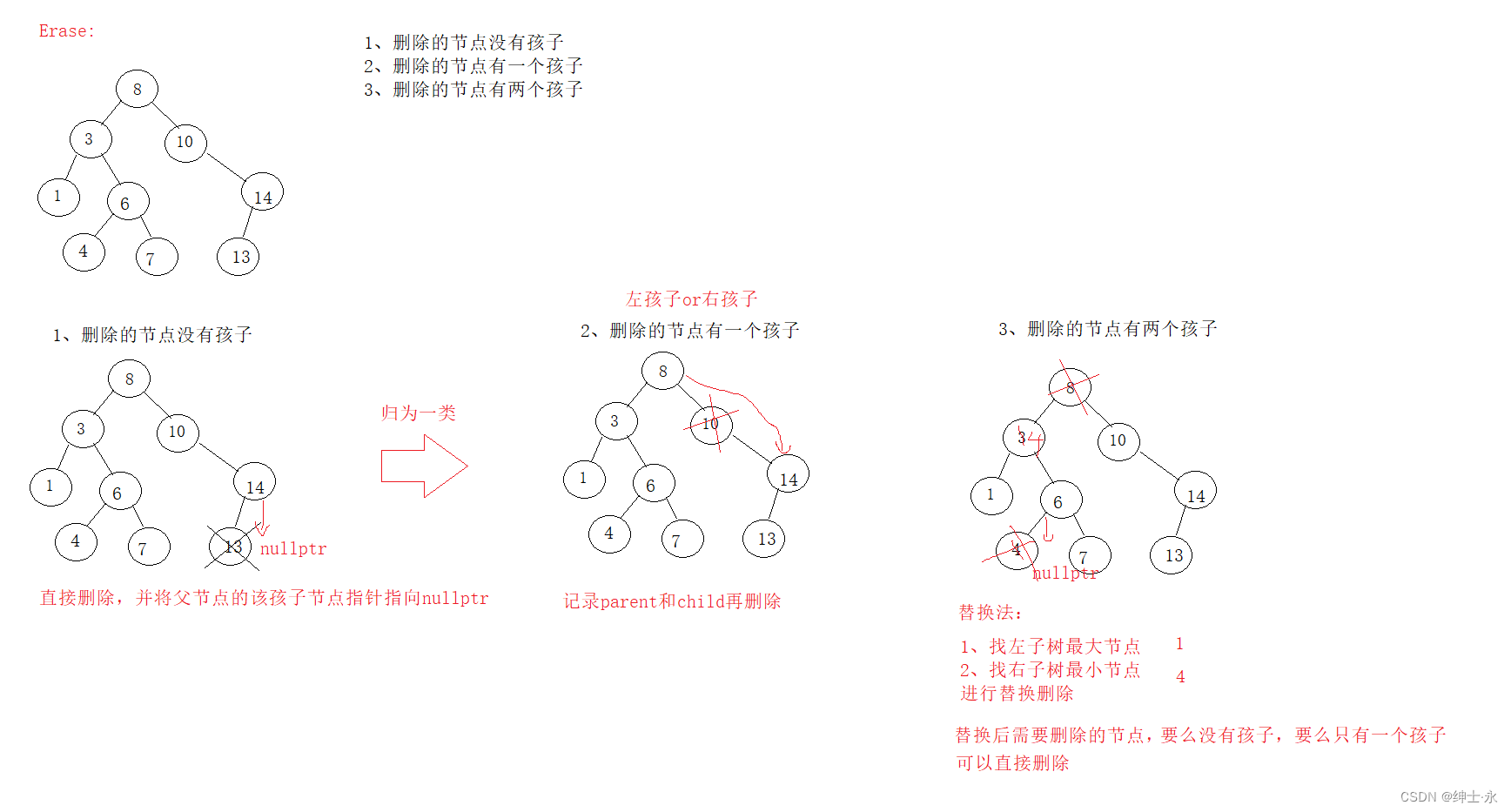
bool Erase(const K& key)
{
Node* parent = nullptr;
Node* cur = _root;
while (cur)
{
if (cur->_key < key)
{
parent = cur;
cur = cur->_right;
}
else if (cur->_key > key)
{
parent = cur;
cur = cur->_left;
}
else
{
//开始删除
if (cur->_left == nullptr)
{
if (cur == _root)
{
_root = cur->_right;
}
else
{
if (cur == parent->_left)
{
parent->_left = cur->_right;
}
else
{
parent->_right = cur->_right;
}
}
delete cur;
cur = nullptr;
}
else if (cur->_right == nullptr)
{
if (cur == _root)
{
_root = cur->_left;
}
else
{
if (cur == parent->_left)
{
parent->_left = cur->_left;
}
else
{
parent->_right = cur->_left;
}
}
delete cur;
cur = nullptr;
}
else
{
Node* minParent = cur;
Node* min = cur->_right;
while (min->_left)
{
minParent = min;
min = min->_left;
}
swap(cur->_key, min->_key);
if (minParent->_left == min)
{
minParent->_left = min->_right;
}
else
{
minParent->_right = min->_right;
}
delete min;
min = nullptr;
}
return true;
}
}
return false;
}4)InOder()
使用二叉树的中序遍历--midorder traverse
特点:
中序遍历后的值排列是有序的
void InOrder()
{
_InOrder(_root);
return;
}
void _InOrder(Node* root)
{
if (root == nullptr)
{
return;
}
_InOrder(root->_left);
cout << root->_key << " ";
_InOrder(root->_right);
}5)BSTree(const BSTree<K>& t) 拷贝构造
使用前序遍历构造
BSTree(const BSTree<K>& t)
{
_Copy(t._root);
}
Node* _Copy(Node* root) // 使用前序遍历构造
{
if (root == nullptr)
{
return;
}
Node* copyRoot = new Node(root->_key);
copyRoot->_left = _Copy(root->_left);
copyRoot->_left = _Copy(root->_right);
return copyRoot;
}6)~BSTree()析构函数
使用后序销毁
~BSTree()
{
_Destory(_root);
}
void _Destory(Node* root) // 使用后序销毁
{
if (root == nullptr)
{
return;
}
_Destory(root->_left);
_Destory(root->_right);
delete root;
root = nullptr;
}四、手撕搜索二叉树递归
1)InsertR()
bool InertR(const K& key)
{
return _InsertR(_root, key);
}
bool _InsertR(Node*& root, const K& key)
{
if (root == nullptr)
{
root = new Node(key);
return true;
}
if (root->_key < key)
{
return _InsertR(root->_right, key);
}
else if (root->_key > key)
{
return _InsertR(root->_left, key);
}
else
{
return false;
}
}2)FindR()
bool FindR(const K& key)
{
return _FindR(_root, key);
}
bool _FindR(Node* root, const K& key)
{
if (root == nullptr)
{
return false;
}
if (root->_key < key)
{
return _FindR(root->_right);
}
else if (root->_key > key)
{
return _FindR(root->_left);
}
else
{
return true;
}
}3)EraseR()
bool EraseR(const K& key)
{
return _EraseR(_root, key);
}
bool _EraseR(Node*& root, const K& key)
{
if (root == nullptr)
{
return false;
}
if (root->_key < key)
{
return _EraseR(root->_right, key);
}
else if (root->_key > key)
{
return _EraseR(root->_left, key);
}
else
{
Node* del = root;
if (root->_left == nullptr)
{
root = root->_right;
}
else if (root->_right == nullptr)
{
root = root->_left;
}
else
{
//找右数的最左节点
Node* min = root->_right;
while (min->_left)
{
min = min->_left;
}
swap(root->_key, min->_key);
return _InserR(root->_right, key);
}
delete del;
return true;
}
}
五、搜索二叉树完整代码
template<class K>
struct BSTreeNode
{
BSTreeNode<K>* _left;
BSTreeNode<K>* _right;
K _key;
BSTreeNode(const K& key)
:_left(nullptr)
,_right(nullptr)
,_key(key)
{
}
};
template<class K>
class BSTree
{
typedef BSTreeNode<K> Node;
public:
bool Insert(const K& key)
{
if (_root == nullptr)
{
_root = new Node(key);
return true;
}
else
{
Node* parent = nullptr;
Node* cur = _root;
while (cur)
{
if (cur->_key < key)
{
parent = cur;
cur = cur->_right;
}
else if (cur->_key > key)
{
parent = cur;
cur = cur->_left;
}
else
{
return false;
}
}
//开始插入
cur = new Node(key);
if (parent->_key < key)
{
parent->_right = cur;
}
else
{
parent->_left = cur;
}
}
}
void InOrder()
{
_InOrder(_root);
return;
}
bool Find(const K& key)
{
Node* cur = _root;
while (cur)
{
if (cur->_key < key)
{
cur = cur->_right;
}
else if (cur->_key > key)
{
cur = cur->_left;
}
else
{
return true;
}
}
return false;
}
bool Erase(const K& key)
{
Node* parent = nullptr;
Node* cur = _root;
while (cur)
{
if (cur->_key < key)
{
parent = cur;
cur = cur->_right;
}
else if (cur->_key > key)
{
parent = cur;
cur = cur->_left;
}
else
{
//开始删除
if (cur->_left == nullptr)
{
if (cur == _root)
{
_root = cur->_right;
}
else
{
if (cur == parent->_left)
{
parent->_left = cur->_right;
}
else
{
parent->_right = cur->_right;
}
}
delete cur;
cur = nullptr;
}
else if (cur->_right == nullptr)
{
if (cur == _root)
{
_root = cur->_left;
}
else
{
if (cur == parent->_left)
{
parent->_left = cur->_left;
}
else
{
parent->_right = cur->_left;
}
}
delete cur;
cur = nullptr;
}
else
{
Node* minParent = cur;
Node* min = cur->_right;
while (min->_left)
{
minparnt = min;
min = min->_left;
}
swap(cur->_key, min->_key);
if (minParent->_left == min)
{
minParent->_left = min->_right;
}
else
{
minParent->_right = min->_right;
}
delete min;
min = nullptr;
}
return true;
}
}
return false;
}
BSTree() = default;
BSTree(const BSTree<K>& t)
{
_Copy(t._root);
}
~BSTree()
{
_Destory(_root);
}
//
bool FindR(const K& key)
{
return _FindR(_root, key);
}
bool InertR(const K& key)
{
return _InsertR(_root, key);
}
bool EraseR(const K& key)
{
return _EraseR(_root, key);
}
private:
void _InOrder(Node* root)
{
if (root == nullptr)
{
return;
}
_InOrder(root->_left);
cout << root->_key << " ";
_InOrder(root->_right);
}
void _Destory(Node* root)
{
if (root == nullptr)
{
return;
}
_Destory(root->_left);
_Destory(root->_right);
delete root;
root = nullptr;
}
Node* _Copy(Node* root)
{
if (root == nullptr)
{
return;
}
Node* copyRoot = new Node(root->_key);
copyRoot->_left = _Copy(root->_left);
copyRoot->_left = _Copy(root->_right);
return copyRoot;
}
bool _FindR(Node* root, const K& key)
{
if (root == nullptr)
{
return false;
}
if (root->_key < key)
{
return _FindR(root->_right);
}
else if (root->_key > key)
{
return _FindR(root->_left);
}
else
{
return true;
}
}
bool _InsertR(Node*& root, const K& key)
{
if (root == nullptr)
{
root = new Node(key);
return true;
}
if (root->_key < key)
{
return _InsertR(root->_right, key);
}
else if (root->_key > key)
{
return _InsertR(root->_left, key);
}
else
{
return false;
}
}
bool _EraseR(Node*& root, const K& key)
{
if (root == nullptr)
{
return false;
}
if (root->_key < key)
{
return _EraseR(root->_right, key);
}
else if (root->_key > key)
{
return _EraseR(root->_left, key);
}
else
{
Node* del = root;
if (root->_left == nullptr)
{
root = root->_right;
}
else if (root->_right == nullptr)
{
root = root->_left;
}
else
{
//找右数的最左节点
Node* min = root->_right;
while (min->_left)
{
min = min->_left;
}
swap(root->_key, min->_key);
return _InserR(root->_right, key);
}
delete del;
return true;
}
}
private:
Node* _root = nullptr;
};
